Do I Need To Remove Mulch In Spring? Expert Advice on What To Do
Gardening experts on which mulches to clear, what to leave and what to add for beautiful beds
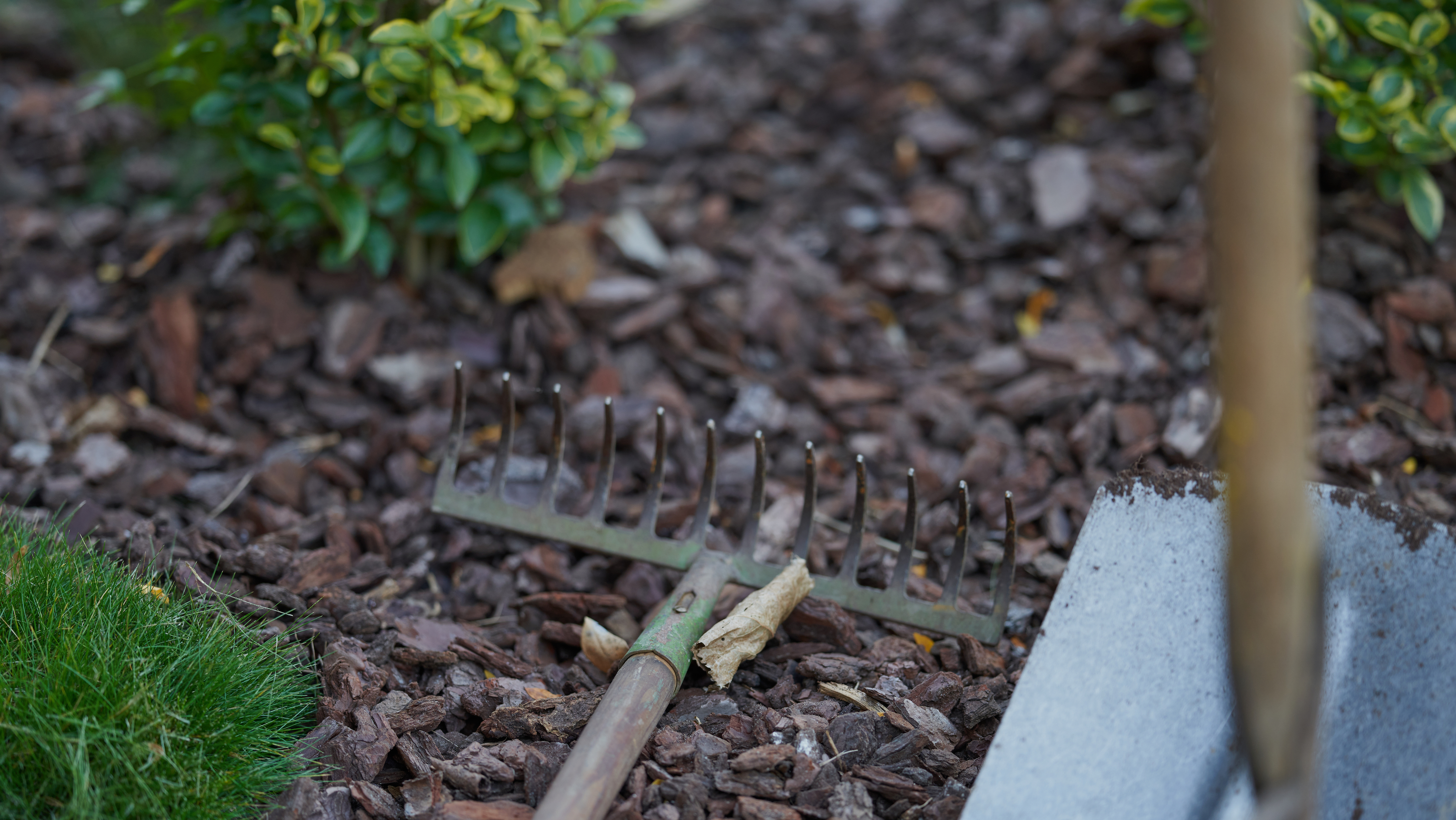
If you diligently covered your flower beds or vegetable patch with mulch in the fall, you may be wondering, "do I need to remove mulch in spring?". The short answer is, it depends.
It depends on where you live and the climate there, as well as what you mulched with and where. Rather than remove mulch, you may actually need to add more, or just redistribute it.
Mulching is recommended as it generally helps soil to retain moisture in summer, protect plant roots in winter and prevent weeds from growing, which can save time on watering and weeding. Mulch can also feed the soil and give beds a neater look.
However, there are different types of mulch. These generally fall into two categories - biodegradable and non-biodegradable and they impact the soil differently.
Biodegradable mulches
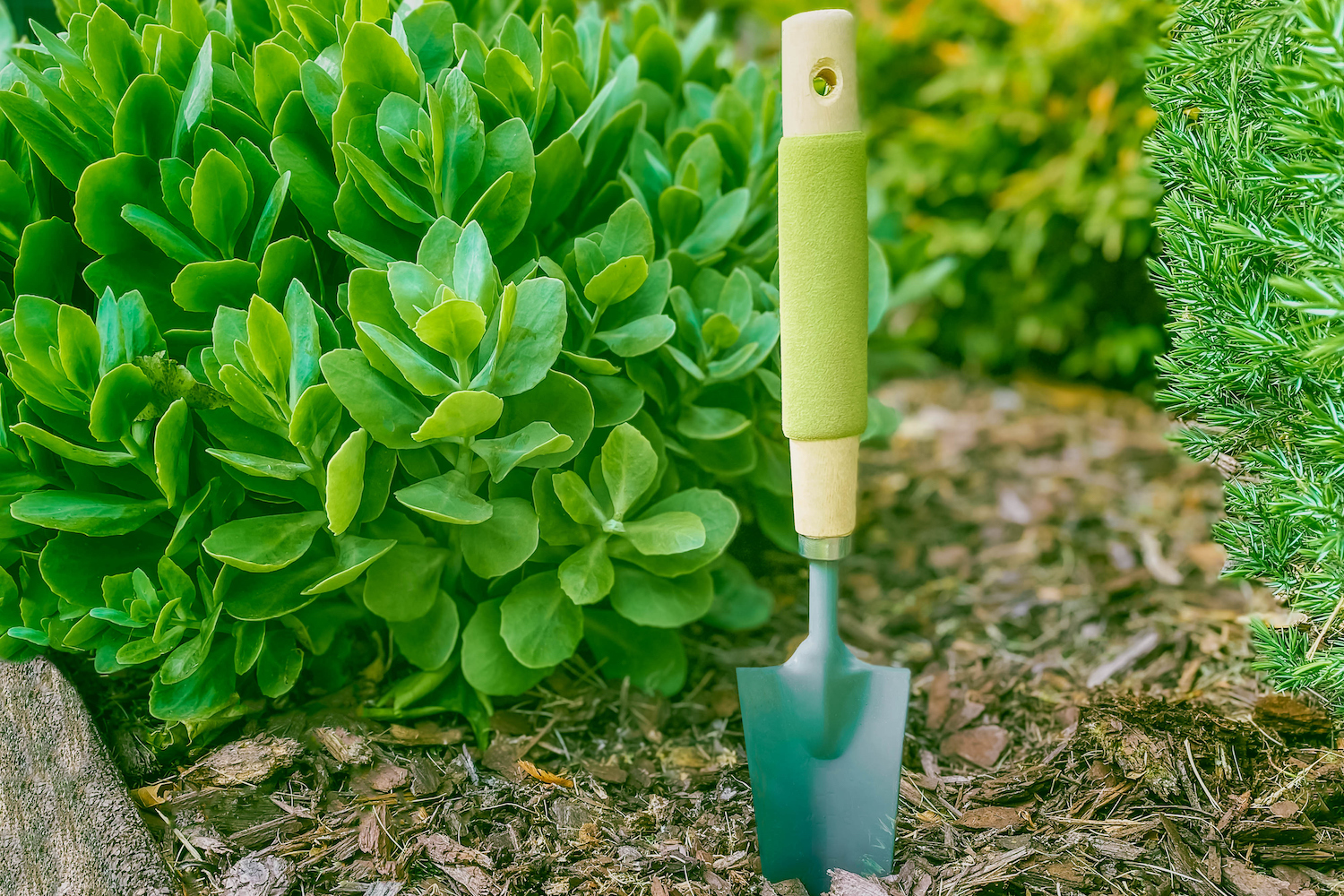
Biodegradable mulches decompose or biodegrade. These mulches can be homemade such as grass cuttings from your lawn care, leaf mold, shredded leaves, chopped comfrey and compost, or bought as wood chips, straw, pine needles, bark, sawdust, animal manure and other organic matter. You can even buy biodegradable mulch mats, like this one from Amazon.
These biodegradable mulches tend to feed and nourish the soil and usually rot down by the end of the season. If you use grass cuttings, ensure it hasn't been previously treated with pesticide or herbicide.
Non biodegradable mulches
Non-biodegradable mulches won't rot down and don't feed the soil. So they will need to be removed if you want to plant the soil. These mulches include pebbles and gravel, rubber (usually made from tyres) and landscape fabrics and plastics.
'It is difficult to plant through these mulches,' says Kate Copsey, author, Month-by-Month Gardening New York & New Jersey. 'The latter are often called “mulch,” but they are really more of a weed suppressant.'
'The fabrics do allow water through and seeds do settle on top. Plastic is best used just to warm the vegetable garden beds in spring. Plastic does not allow water to penetrate and does not break down to help the soil.'
'Synthetic options like plastic, landscape fabric and bark that has been dyed should be avoided,' says Stephanie Rose, author, Garden Alchemy. 'The inorganic nature of these materials is rife with problems that will ultimately harm soil, plants and the ecology.'
When to mulch
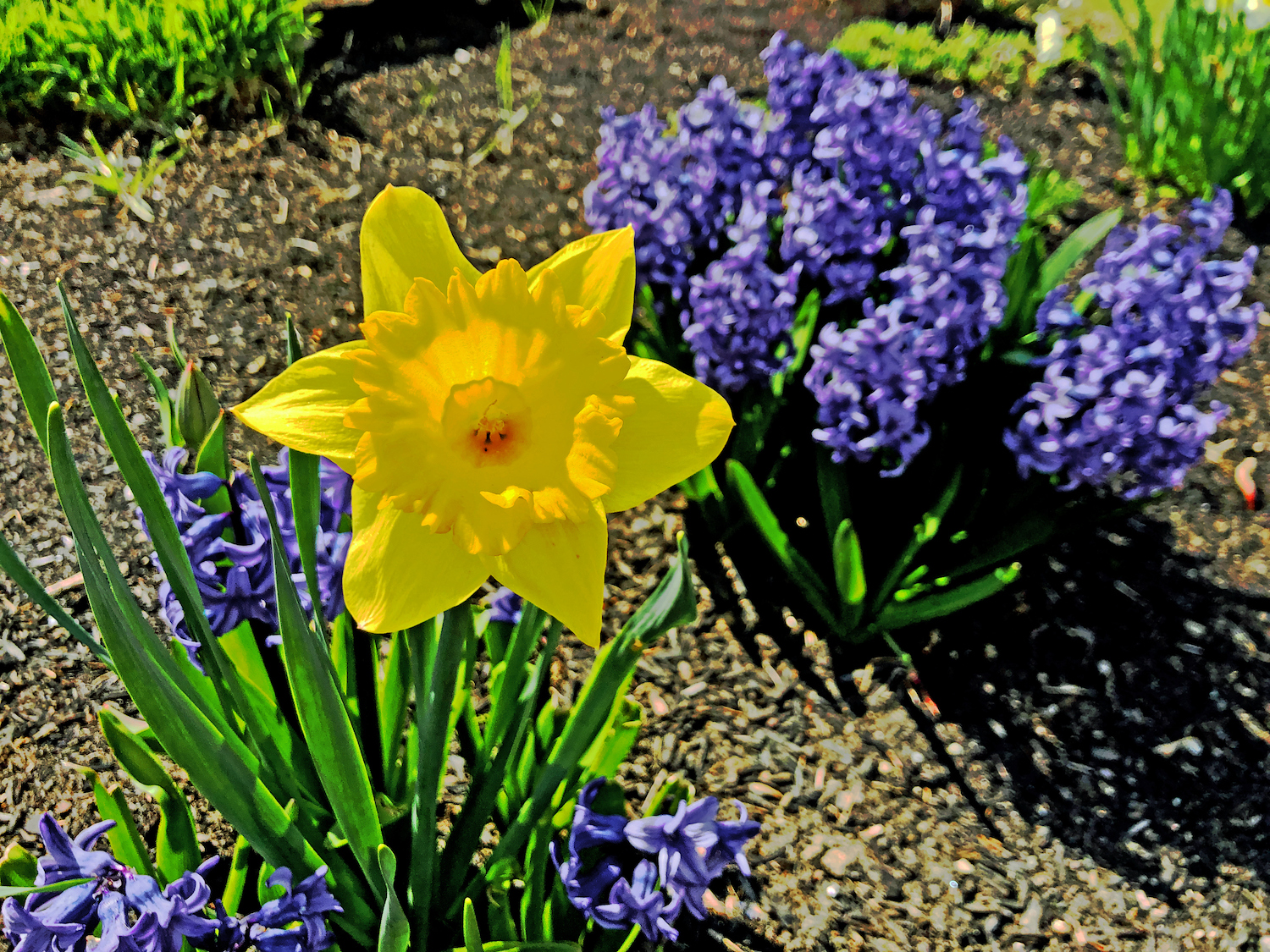
According to gardener and co-author of The Climate-Change Garden, Kim Stoddart you can mulch all year-round to avoid leaving soil bare, as much as possible.
'Soil is more vulnerable to the elements when left exposed,' explains Kim. 'The optimum time for mulching the vegetable garden is in the autumn, when you can spread the mulch after harvesting your crops.
'Mulch keeps the soil covered during winter and stops weed seeds from germinating, plus microorganisms have plenty of time to get to work before you plant the spring crop,' she adds. 'Mulching around shrubs and trees will also suppress weeds, and creates a moisture retentive layer, but don't spread the mulch up against the trunks or stalks as it can promote rot.'
'You can add mulch anytime from late spring through summer when needed. If the weather is dry, water the soil first, then add the mulch.'
When to remove mulch
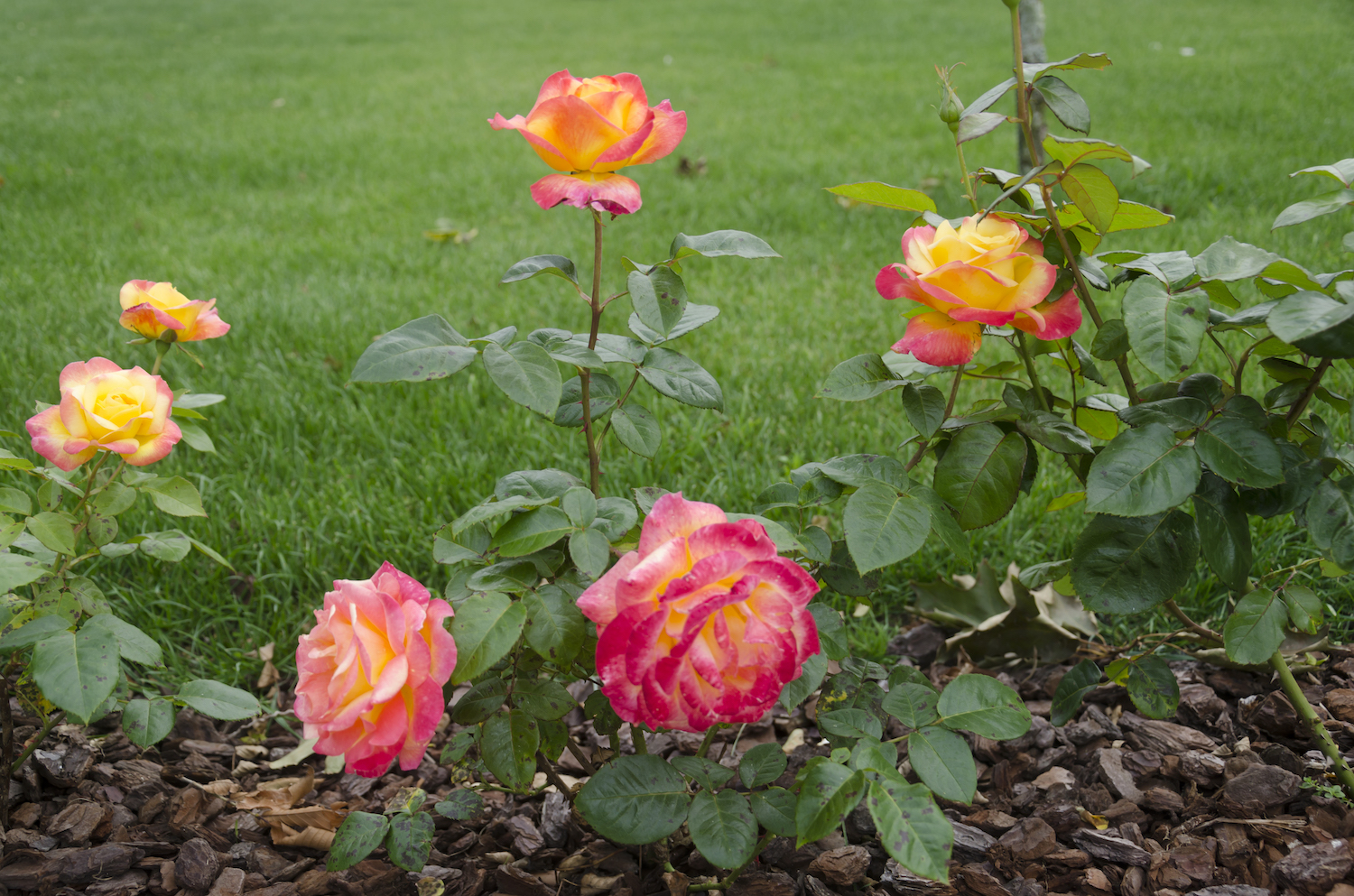
If your flower beds are well covered with mulch, you may need to move some away from perennials so they can flower. Only do this once the weather is warmer and you're confident you've had the last frost in your region.
'A good way to fertilize the garden is to spread a two to four-inch layer of compost or shredded mulch over the whole bed in early March as perennials are just peeping though the ground,' says Kate Copsey, 'Next month, you can uncover perennials by removing mulch that's over the perennial crowns and divide the plants if needed.'
'Wait until the weather consistently warms to remove mulch and winter protection on roses,' says Charlie Nardozzi, author, Month-by-Month Gardening New England. 'A sudden dip in temperatures can damage newly exposed canes.
'Check under the mulch or inside the rose cones for signs of bud swelling. If rose leaf buds are swelling and starting to grow, remove all the overwintering mulch and use it around the plant.
'In colder areas, check under the mulch. If the buds are still dormant, wait until May to remove the mulch.
'If you do remove some mulch or the rose protection, carefully watch the temperatures. If temperatures in the 20s Fahrenheit threaten, recover the bushes with mulch.'
Be The First To Know
The Livingetc newsletters are your inside source for what’s shaping interiors now - and what’s next. Discover trend forecasts, smart style ideas, and curated shopping inspiration that brings design to life. Subscribe today and stay ahead of the curve.
Jacky Parker is a London-based freelance journalist and content creator, specialising in interiors, travel and food. From buying guides and real home case studies to shopping and news pages, she produces a wide range of features for national magazines and SEO content for websites
A long-time contributor to Livingetc, as a member of the team, she regularly reports on the latest trends, speaking to experts and discovering the latest tips. Jacky has also written for other publications such as Homes and Gardens, Ideal Home, Red, Grand Designs, Sunday Times Style and AD, Country Homes and Interiors and ELLE Decoration.
-
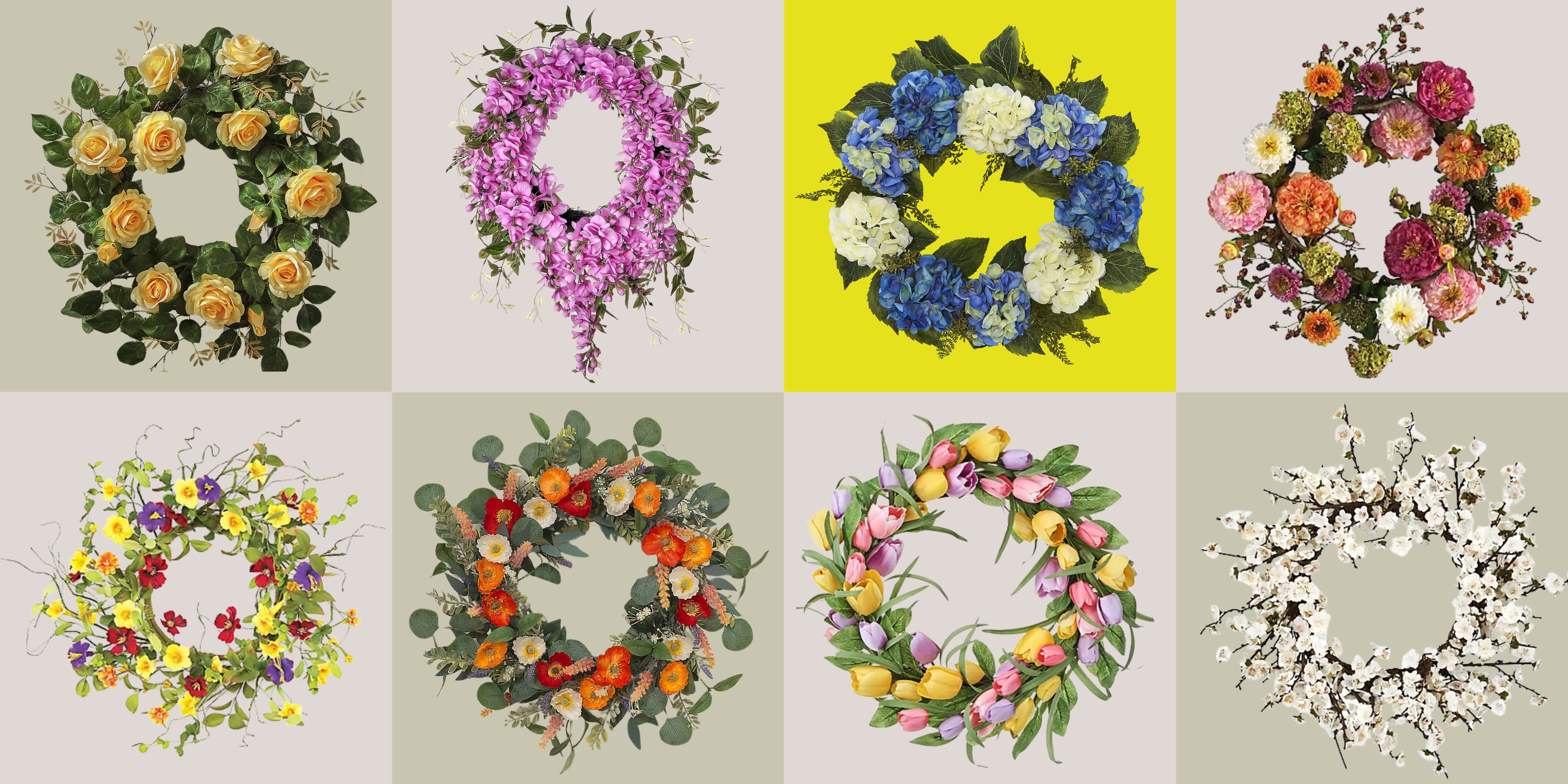 These Are the Flower Crowns I’m Wearing This Spring (Spoiler: They’re Actually for My Door)
These Are the Flower Crowns I’m Wearing This Spring (Spoiler: They’re Actually for My Door)Coachella confirmed the comeback of flower crowns. At home, they just go by another name: the spring wreath
By Julia Demer
-
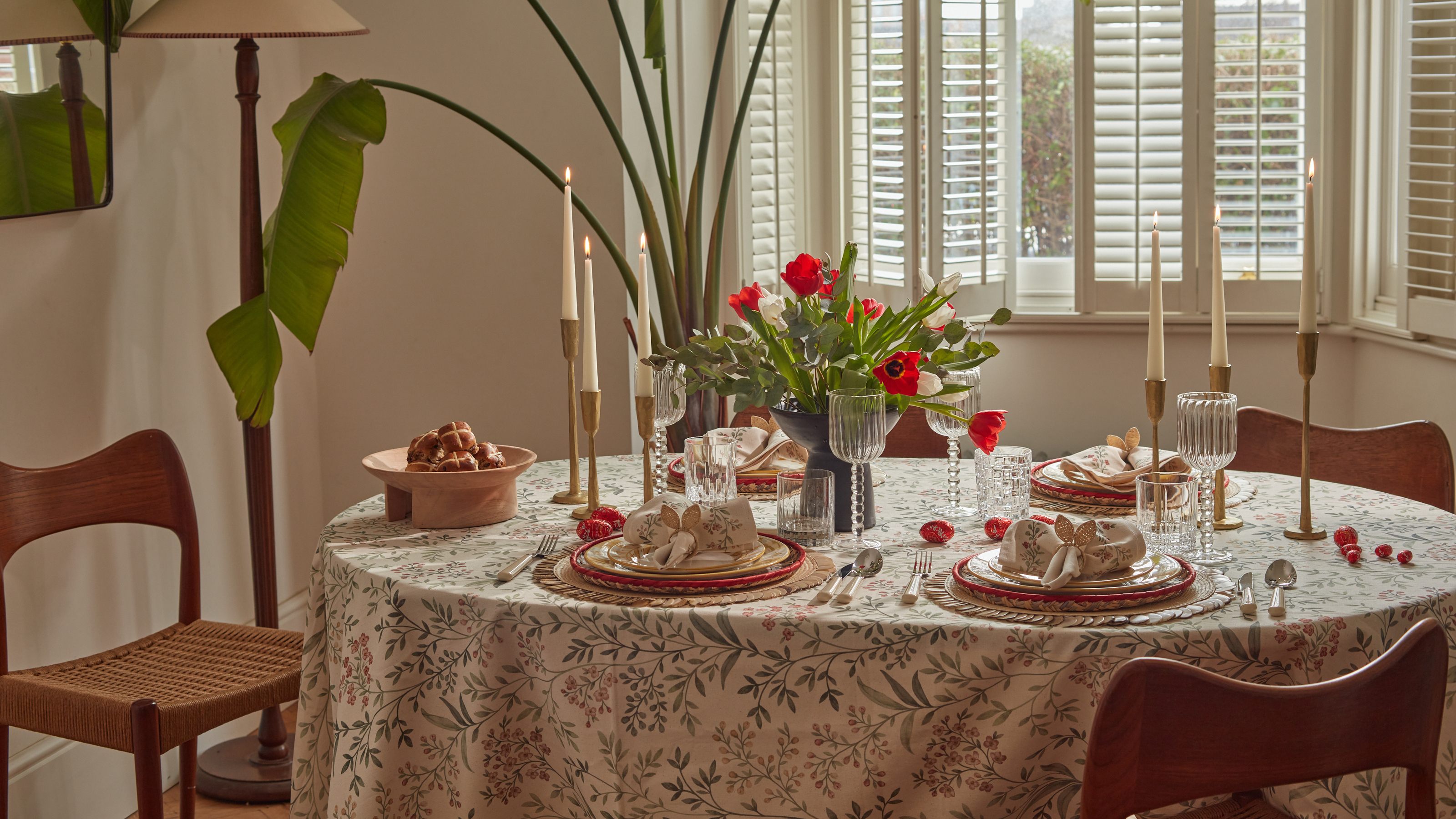 Bunny Ears, Be Gone — 7 Easter Table Styling Mistakes That Will Take Your Setting from Tawdry to Tasteful
Bunny Ears, Be Gone — 7 Easter Table Styling Mistakes That Will Take Your Setting from Tawdry to TastefulFrom fussy floral displays that disrupt conversation to over-relying on tacky tropes, don't fall victim to these errors when decorating your Easter table
By Lilith Hudson